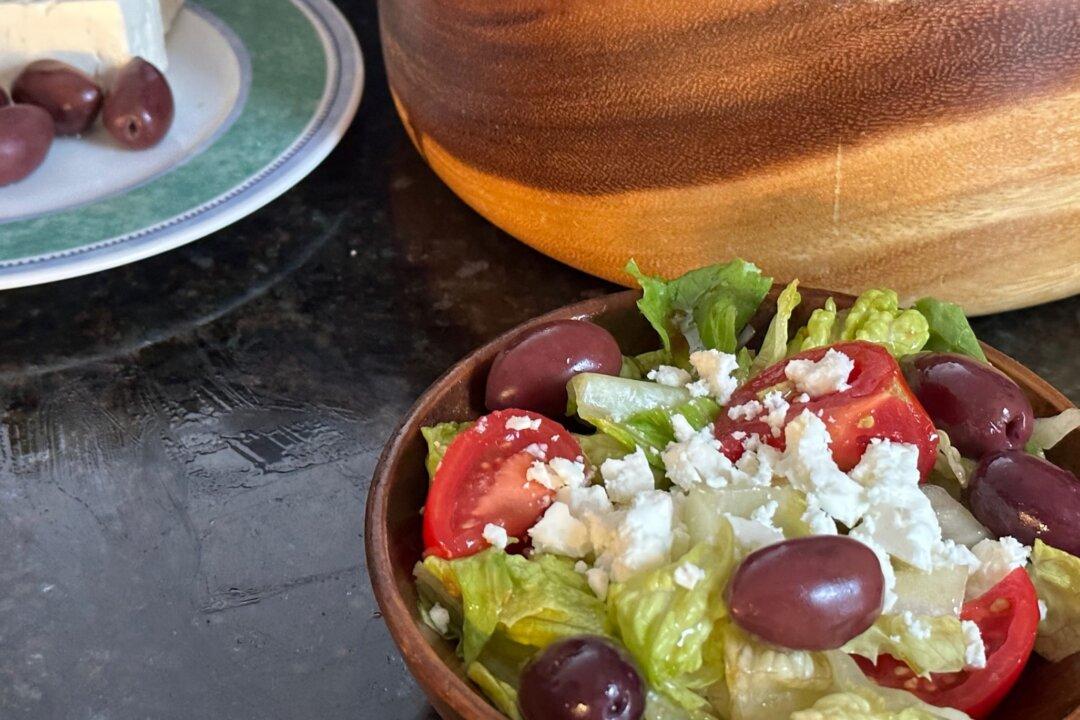My friend Terrie recalled the first time she tried my dad’s salad.
“My eyes popped open and my mouth was burning and I was like, ‘What the ...’” she said.

My friend Terrie recalled the first time she tried my dad’s salad.
“My eyes popped open and my mouth was burning and I was like, ‘What the ...’” she said.